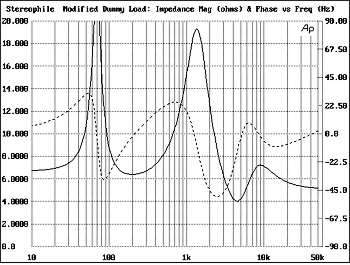It is one of those ‘how long is a piece of string’ things. What you mean by “well designed” is likely different from many other amp designers. I’m also curious by what you would personally assess and measure to arrive at the conclusion you had designed it “well”, and how that would differ from say a Mark Levinson, Krell, Naim, Pass, Quad etc. They all sound different and we haven’t even got beyond solid state yet!
As I suggested in the post above I’m far from convinced the mainstream measurement criteria of a flat frequency response and low THD tell the whole story here. .
Agree with you last (quoted) comment. There is more to it than the basic FR and THD. But the list is finite. e.g. it will include inaudible levels of hum and crosstalk. (The hum point matters as any ground loops, etc, need to be taken into account.) For a *preamp* it also includes points like not having any problem driving its output load. Must also reject mains or air-carried RFI to ensure it has no audible effect.
Amps like the ones you mention may well sound different because they *are* different in terms like the above. No mystery or magic. e.g. The QUAD power amps having a tailored FR, and differences in power amp output impedance, levels of dynamic rail effects, marginal stability, etc.
There was a time when mags showed results for, say, how the added mains buzz varied with signal level and loading. Dynamic changes in this due to poor rail rejection may mean that music is particularly affected as loud transients may generate crap - sometimes on the *other* channel.
Now they don't, and few people check for this sort of thing. Takes too long and needs too much awarness for most 'reviews'. So they tend to just use a subset of measurements and then waffle about what they (think they) heard.

Add in details like marginal stabilty so a given design may give bursts of HF oscillation and distort some waveforms when driving some loads. (mainly a power amp risj). Hence - in my view - a need to ensure unconditional stability.
As a designer/developer you can spend weeks or months doing such measurements and checking, tweaking. But then it gets ignored by reviewers. Who may then prefer some other design that *didn't* get this work, because in their system it sounded OK.
cf examples on my Armstrong pages.
And, of course, some people *like* "creamy valve distortion" anyway. Just as some others prefer a *non* flat response as it makes their taste in music/speakers 'better'.
So the above is my view, but then others would choose something different. That's fair enough, but better in my view that people be aware of the above as it helps inform the choice.



